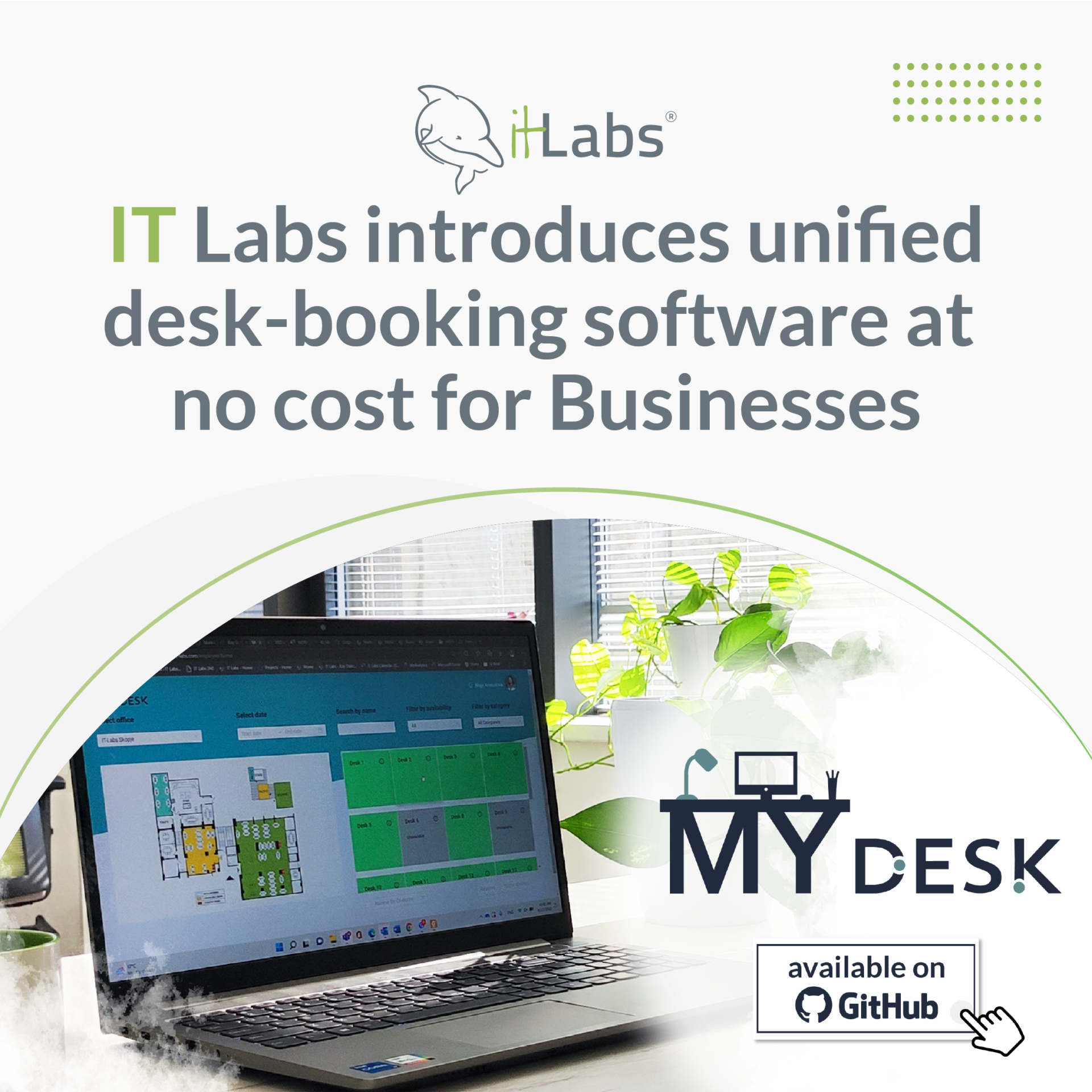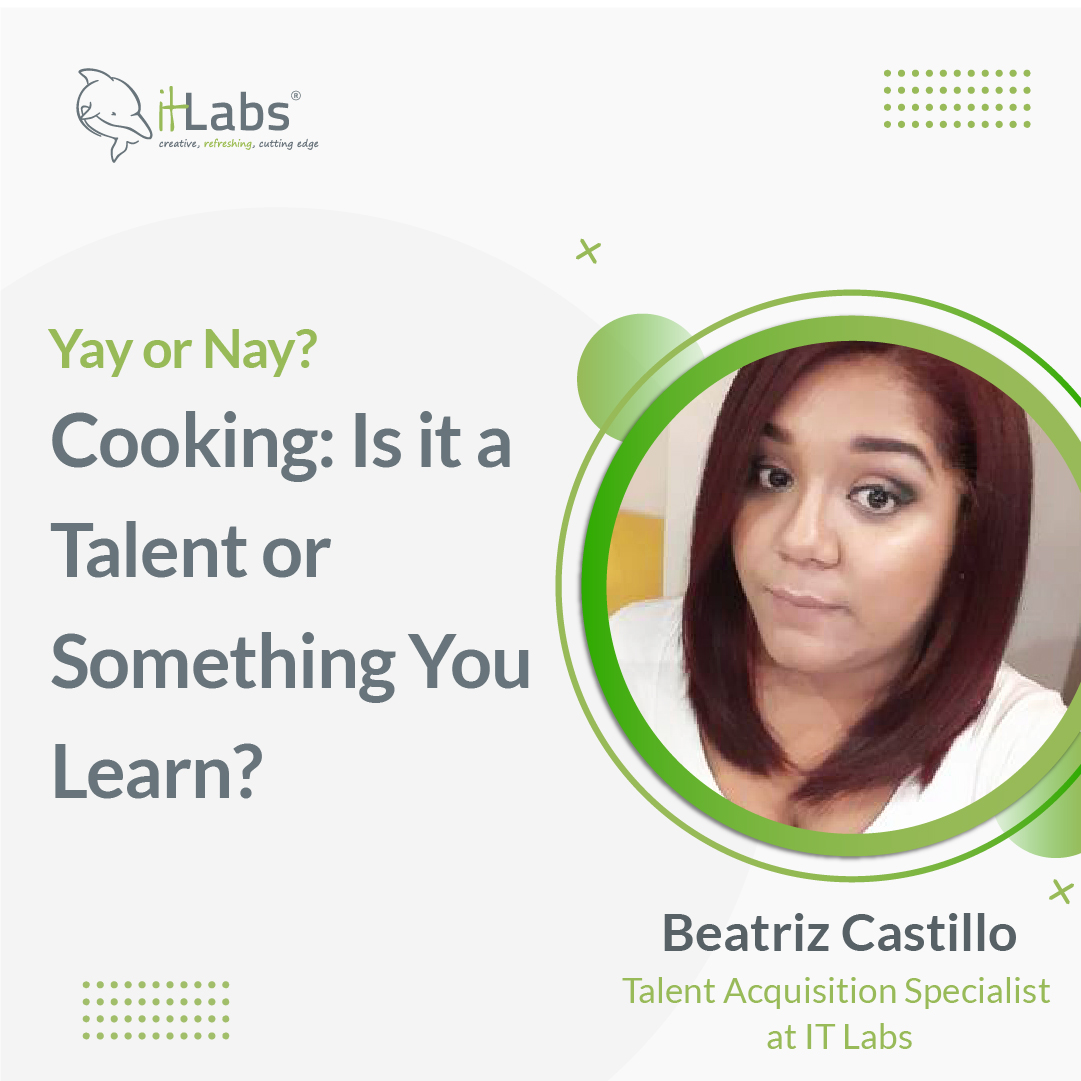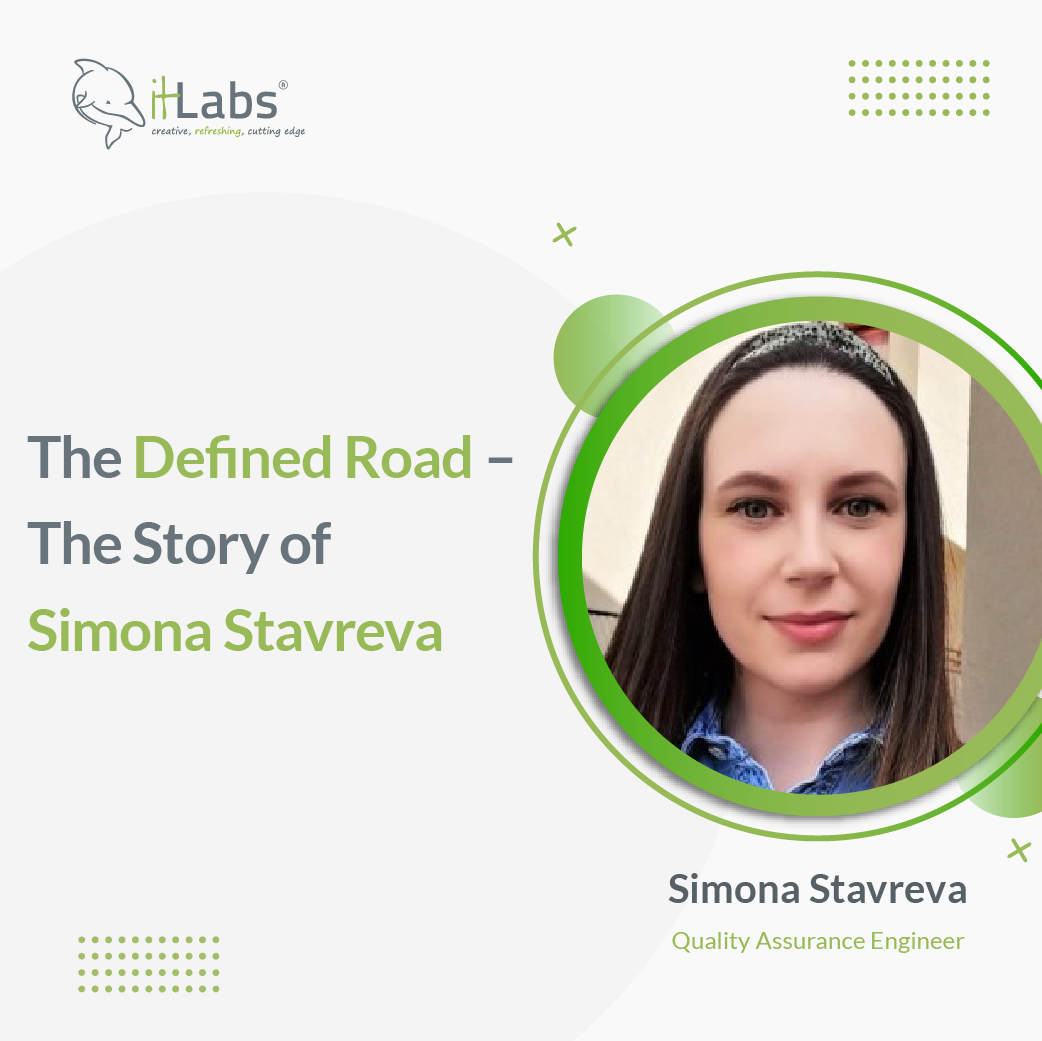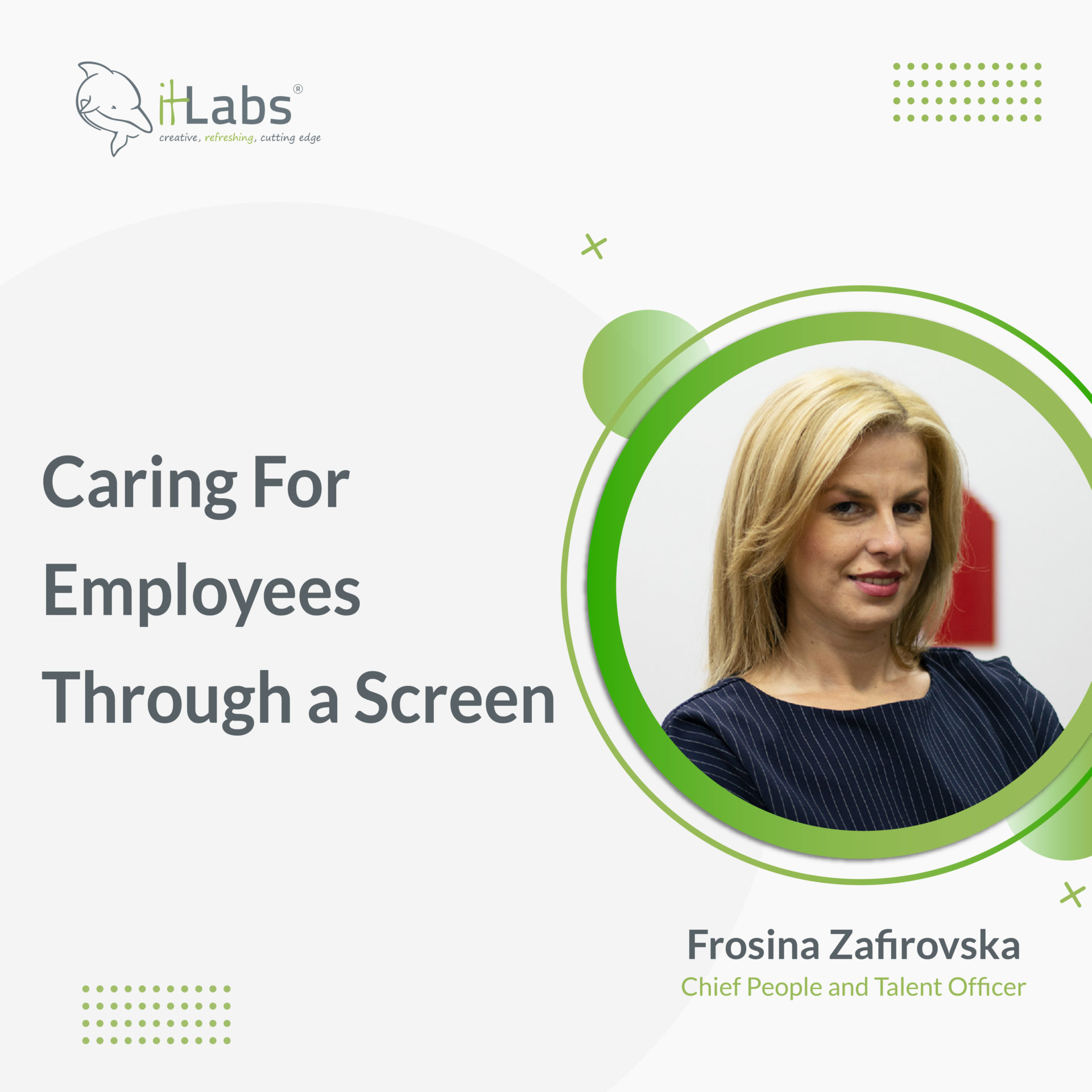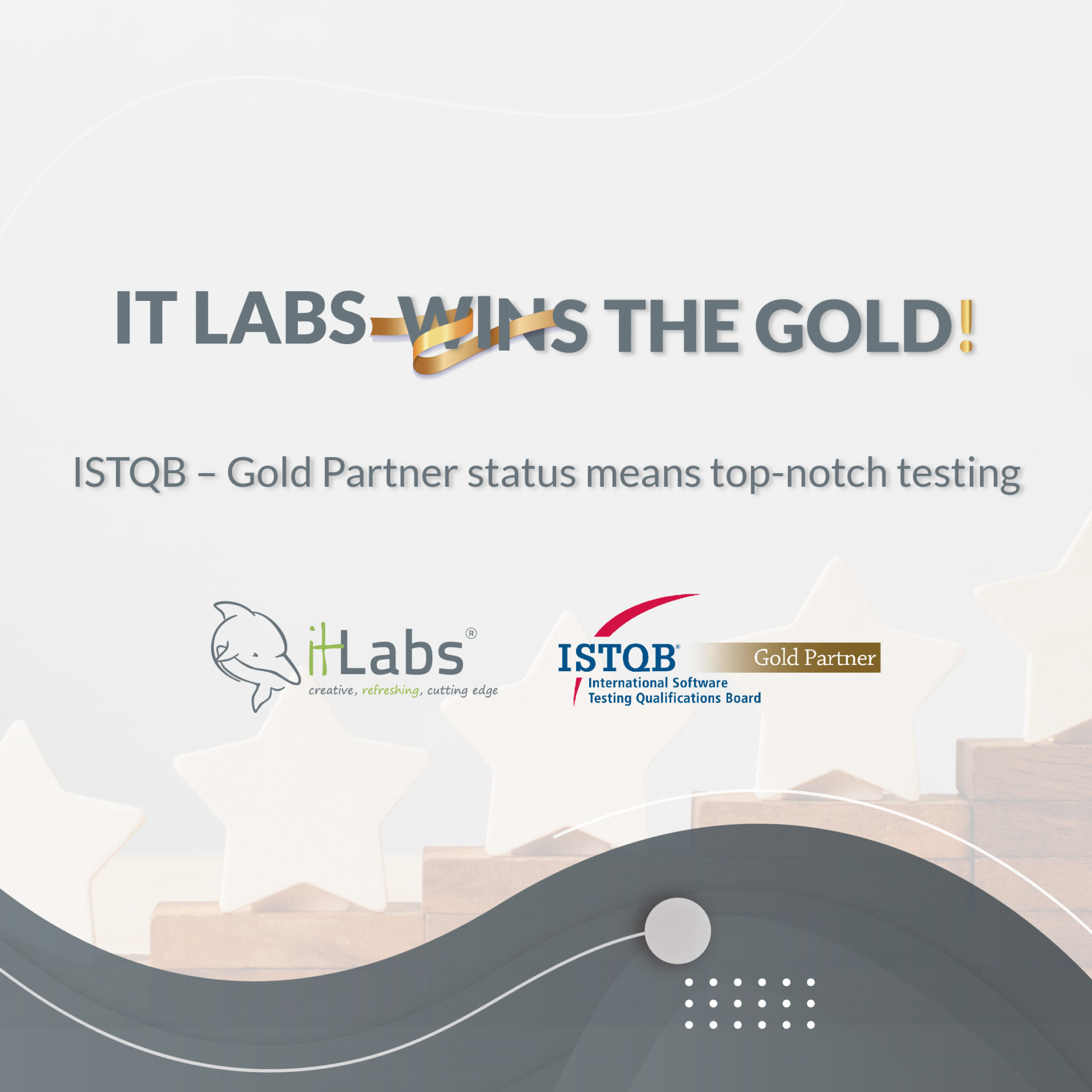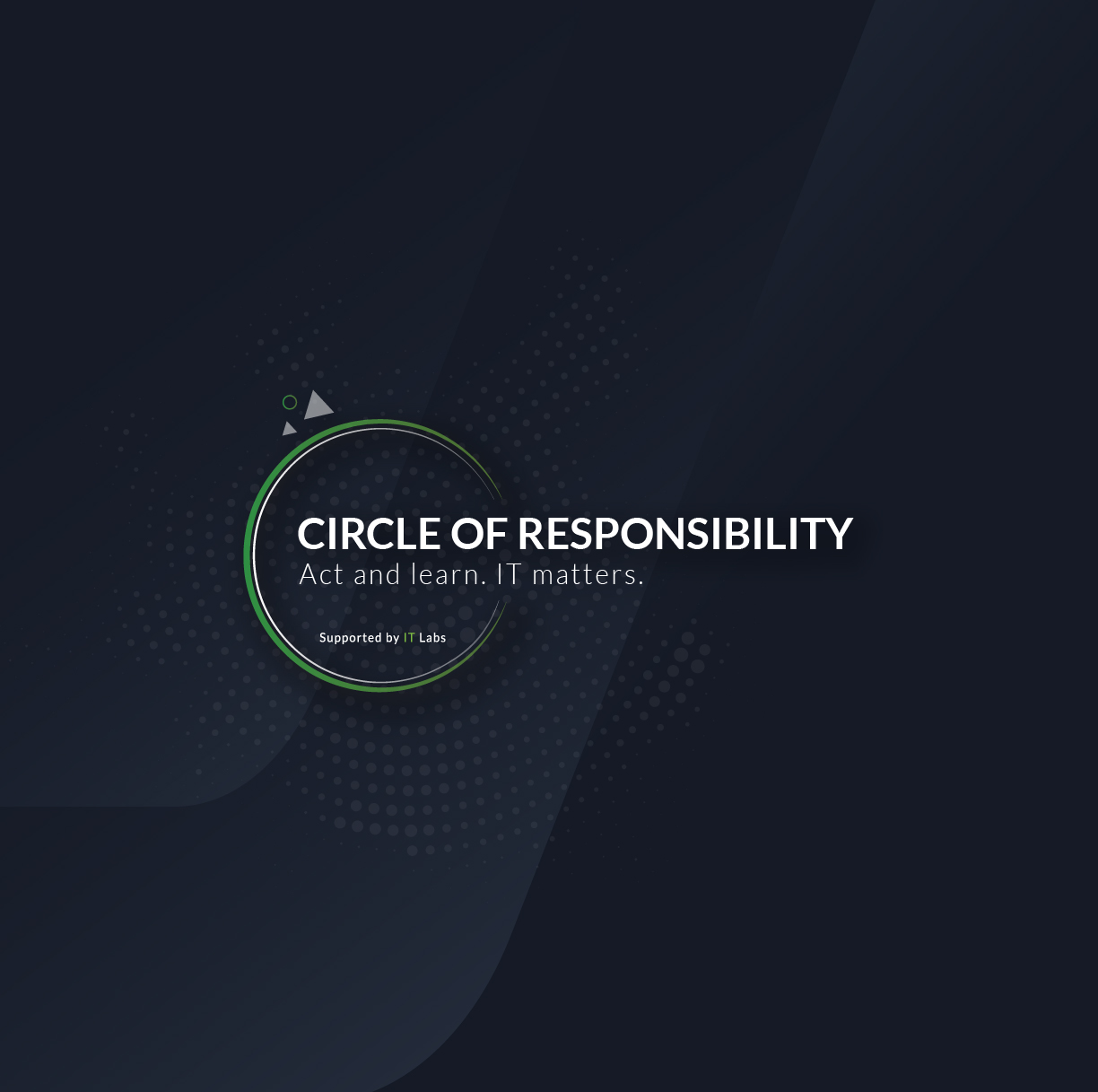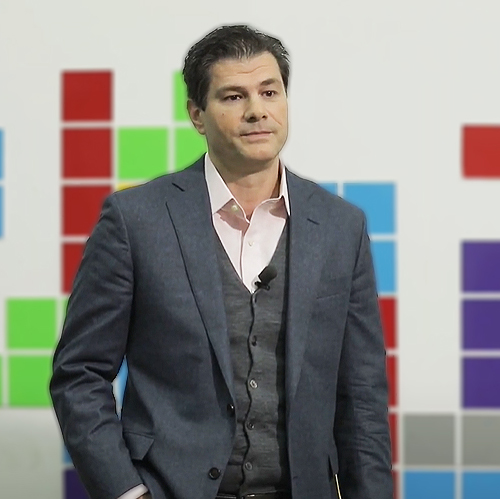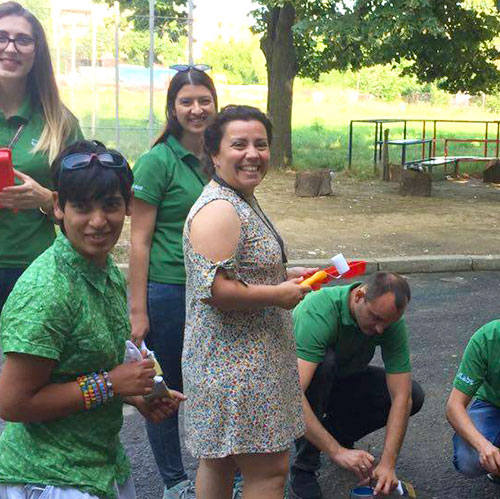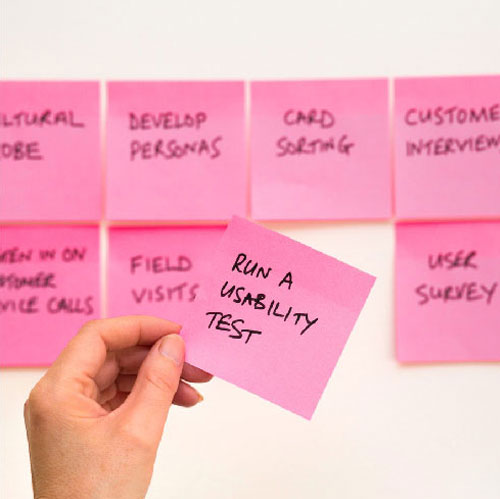What is Competitive Analysis, And Why It’s Important?
To understand the importance and the need for competitive analysis, let me start with a story:
Two friends are hiking in a forest, and they run into a bear – the first one gets down right away to tie their running shoes and prepare for walking, while the second one stands there and asks the first, ‘Are you that sure that you’ll be able to outrun the bear?’ to which the first one responds ‘No, I just need to run faster than you.’
That one always gives me a chuckle, but it’s educational, and it’s the first point we need to understand is that our performance is measured compared to our competitors. We might think we have the best product or best service, but we won’t know for sure until we put ourselves out there and see how we perform when rubbing shoulders with the competition.
In business, you must be aware of the competition when entering a new market, a new industry, or just shipping a new service or product – or simply risk getting pushed out.

What is it?
Competitive analysis is a subset of another type of research called ‘market research – and in market research, the main steps are collecting, analyzing, and then interpreting data about the market. It can help you find information about your target market, the industry, the competitors (our focus), and consumer feedback.
If we were to define the process, we can do it with in the following way: Competitive analysis – the process of identifying current and/or potential competitors to gain knowledge about their:
- Products or services
- Strengths and weaknesses
- Sales strategy
- Marketing tactics
- Competitive advantage
Why do it?
In order to properly analyze your competition, you need to know the why behind it – why even do it? Knowing this can help you find the areas you need to research and can help you modify your approach to have a higher chance of success. Here are the main reasons for doing a competitive analysis:
- To analyze the industry and the market
- To compare the features of competitor’s products/services
- To see why some products are good or bad, or better or worse than others
- To draw conclusions on how we can be better than the existing ones
- To identify potential gaps that we can fill
- Gain a new (or extra) perspective on your business
How to do the analysis?
- Тhere are five steps to any analysis – each consisting of unique requirements, all of which pose a challenge. It goes like this:
- Start with the end in mind – you need an objective or an end goal (increase sales, turn customers, convert other customers, expansion). Otherwise, you’ll end up with piles of context-less information that you’ll drown in and be unable to derive any valuable information. An objective can help you find the essential bits of information you need.
- Select the top 5-10 competitors – depending on the objectives, you should be able to find your competitors and use the ones you’re most likely to go head-to-head or have the most similar product or service to yours.
- Develop criteria factors, analyze and compare findings – what are you going to compare against? You can pick them from the objective (set already in step 1) and compare prices, reviews, behavior, how dedicated the clients/users are to your competition.
- Determine strength and weaknesses in your competition – using the data and the criteria from the previous step; you can determine the strong and weak points of your competitors, and find your advantage point.
- Identify areas of improvement (for your product/service) – based on your objective set in the first step, you’ll find what needs improving – it’s that simple. What was the purpose of the analysis? Once you answer your question, you’ll know which and if your product or service needs improvement/change.
Ways to Collect Data
Collecting data for any type of analysis is not an easy task. Sometimes data can be hard to collect, or find, or sometimes it might just be unreliable. Here’s some tips from me to help you jump over these hurdles and get your valuable data:
The Primary Research approach
by this, it means that you will be the primary collector of the data. A review poll with scales from 1 to 10, would you recommend it to close people – ask people to answer questions and pick a choice from offered competitors’ products/services. This approach is all about creating questionnaires that can help you collect valuable data, or coming in contact with the product, employees – all people related to the product In some way.
The Secondary Research approach
it’s all about collecting data through other/third party sources. It can be checking out their websites, their content, analyze their marketing approach – just about any other type of information that has been collected and maybe processed by someone else.
The Detective
do your research by requesting demos, download trial versions, find unlisted video tutorials for the application, user manuals, etc – get into deep researching and try to learn as much as you can about not just their product or service, but also their approach.
The Must-haves
Aside from the regular approaches, there are some tools and methods that can help you get your game to the next level, and also help you deliver better results. Here’s a few things I think any BA should have ready.
Benchmarking
In a table like this one you can input all the basic but important information, and have a general overview of who and what you’re going up against.
SWOT Analysis
It’s pretty basic, yet it’s the type of analysis that can pinpoint issues and give that sense of direction, of knowing where you’re moving to, and give you a good general overview on your business and product, and your competition and their products – you can find the kind of gap or opportunity with a good SWOT analysis.
Company Profile
A hyper-detailed document for your competitors – what is their mission and vision? Who are their ambassadors? Strategy? Products and services? Management and executives? – basically anything you can find on them you’re putting them in your Company Profile document. Pictures, screenshots, text, reports – all structured in a good manner. Can be time-consuming, but can be incredibly rewarding.
Key Takeaways
Preparation is key, and learning about your competition and their habits, methods, and MO can help you not just find opportunities and gaps, but also learn from their mistakes and know what does and doesn’t work.
Know your competition and your target audience – and you’ll know exactly what your business will need.


















































